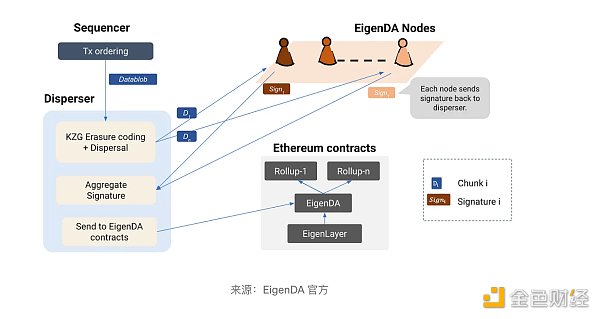|
|

Okay, so I need to figure out what PCX is. Let me start by recalling if I've heard the term before. I think it's an acronym, right? Maybe related to graphics or image formats. Let me break it down.
PCX... Maybe P for Personal Computer? Like how some file formats are named after the platform they were developed for. For example, PCPaintShopPro or something. Wait, I remember PCX being an old image format used by early personal computers. Yeah, that sounds familiar. But I'm not entirely sure. Let me think.
I think it was developed by ZSoft Corporation, which later became part of Corel. They made a lot of graphics software, so that makes sense. The format was popular in the late 80s and early 90s. It's a lossless format, so it doesn't compress the image data, which means file sizes can be pretty large compared to modern formats. But it was efficient for the time.
PCX files can store RGB color information, and they support both indexed color (like palettes) and truecolor. The maximum resolution was up to 16 million pixels, which was a lot back then. Wait, no, maybe 16 million is for truecolor. Let me check that. If it's 256 colors, then the palette has 256 entries. For truecolor, 24 bits per pixel, so 16 million colors. That seems right.
Also, PCX files have a header with metadata like dimensions, color depth, compression type, and maybe the palette. The compression was RLE (Run-Length Encoding), which is a simple form of lossless compression. But since it's not as efficient as modern methods, newer formats like JPEG or PNG are better now.
I should also mention that PCX is not commonly used today. Most people use PNG, JPEG, GIF, or WebP. But it's still around in some legacy systems or when dealing with old software that can't read newer formats. Maybe some emulators or retro gaming platforms use PCX files.
Wait, what about the structure of a PCX file? The header is 128 bytes, then the image data. The header includes the width, height, bits per pixel, compression, and palette. The palette is 768 bytes for 256 colors. So the total size would be header (128) + palette (768) + image data. If the image is 640x480 with 8 bits per pixel and no compression, that's 6404808 = 245760 bytes, plus 128 + 768 = 896, total around 246,656 bytes. That's manageable, but higher resolutions would be bigger.
Another thing is that PCX was used in early versions of Paint Shop Pro, which was a popular image editing program. So if someone is working with old versions of that software, they might need to convert PCX to something else or use a plugin that reads PCX.
Are there any variations of PCX? Maybe different versions or standards? I think the standard was somewhat consistent, but maybe later versions added more features. But I'm not sure. Also, how do you open a PCX file today? You might need specialized software like IrfanView, XnView, or some version of Paint Shop Pro that still supports it. Alternatively, use a programming library like libpcx to read and write the format.
Potential issues with PCX files could be corruption if the header or palette is damaged, leading to incorrect rendering. Also, since it's an old format, compatibility can be a problem. Converting to a modern format would be advisable for most use cases now.
So to summarize, PCX is an old lossless image format developed by ZSoft, used in the 80s-90s, supports indexed and truecolor, uses RLE compression, and is now mostly obsolete but still relevant for legacy systems and software.
PCX (Personal Computer eXtended) is an image file format developed by ZSoft Corporation in the late 1980s, later acquired by Corel. Here's a detailed overview:
Key Features:
Format Type:
Lossless compression using Run-Length Encoding (RLE).
Supports indexed color (256-color palette) and truecolor (24-bit RGB).
Technical规格:
Maximum Resolution: Up to 16 million pixels (truecolor) or 16.7 million pixels (indexed color).
Header: 128 bytes containing metadata (width, height, color depth, compression type, palette).
Palette: 768 bytes for 256-color palettes.
Image Data: Compressed or uncompressed pixel data.
Historical Context:
Popularized in early 1990s software like Paint Shop Pro.
Common in early PC gaming and digital art due to efficient handling of low-color depths.
Modern Usage:
Legacy Systems: Still used in retro gaming, emulators, and software that supports old formats.
Compatibility: Requires specialized tools (e.g., IrfanView, XnView, or Corel Paint Shop Pro) or libraries like libpcx.
Conversion:
Recommended to convert to modern formats (JPEG, PNG, WebP) for broader compatibility and storage efficiency.
File Size Example:
A 640x480 image with 8-bit indexed color (no compression): ~246 KB.
With compression, sizes may reduce slightly, but modern formats outperform PCX in efficiency.
Challenges:
Compatibility Issues: Many modern applications lack native support.
Data Corruption: Header or palette errors can lead to rendering issues.
Summary:
PCX was a pivotal format for early digital imaging, balancing simplicity and compression. While obsolete today, it remains relevant for preserving legacy content and emulating retro software.
|
|